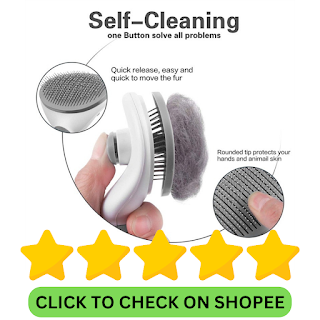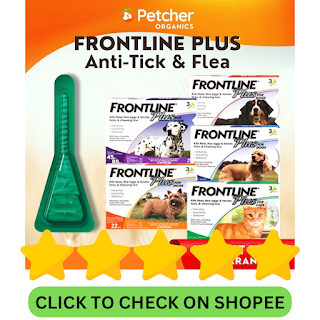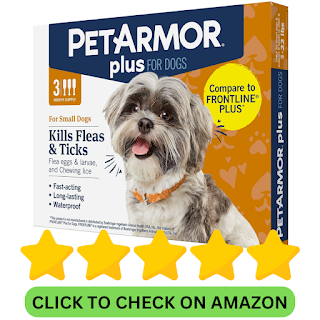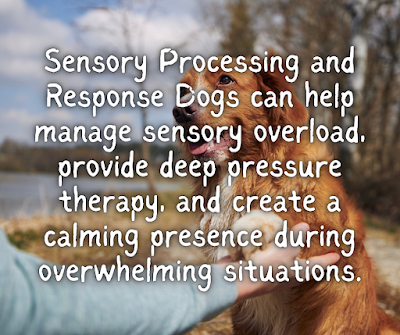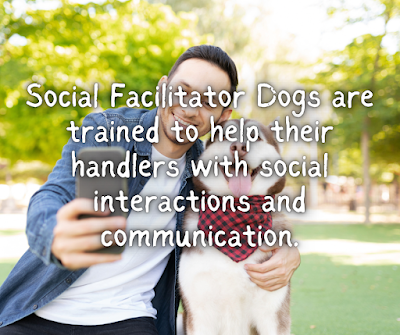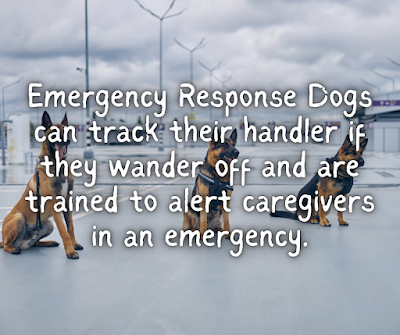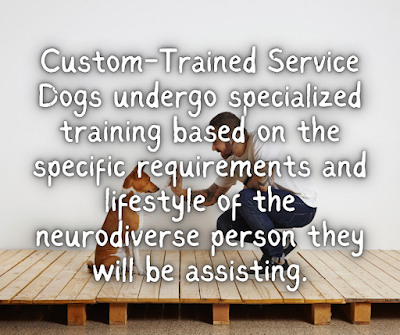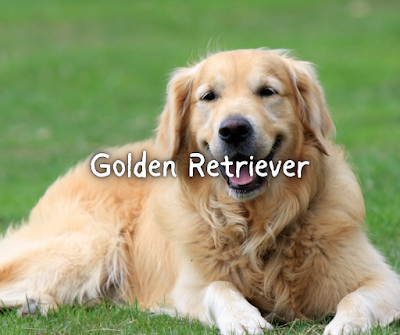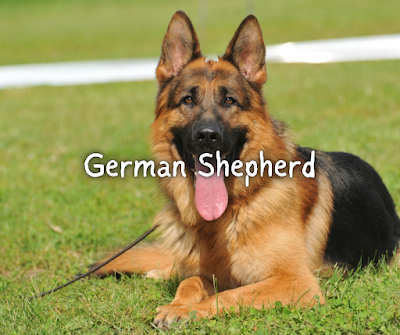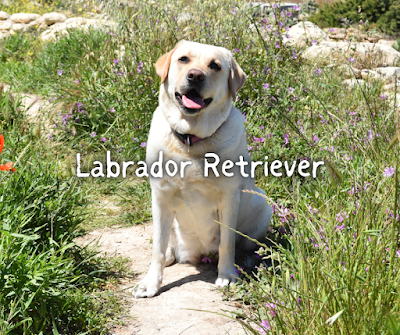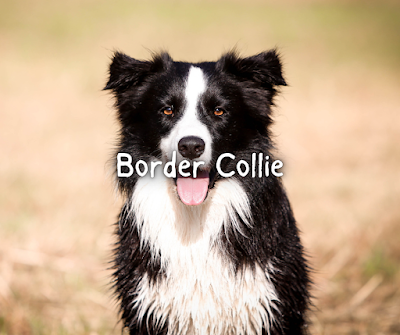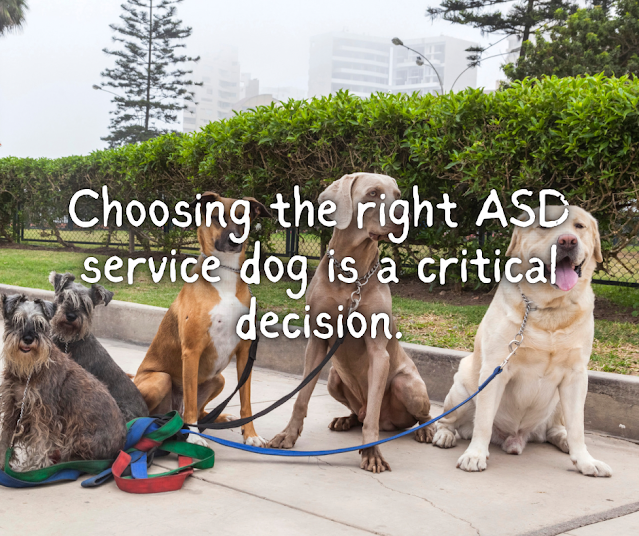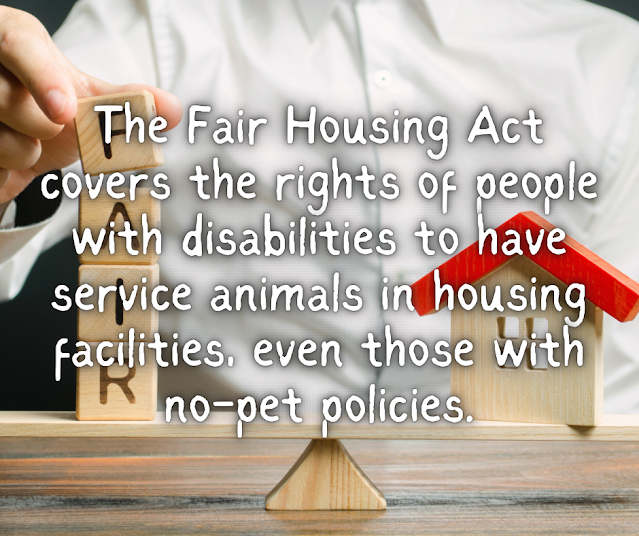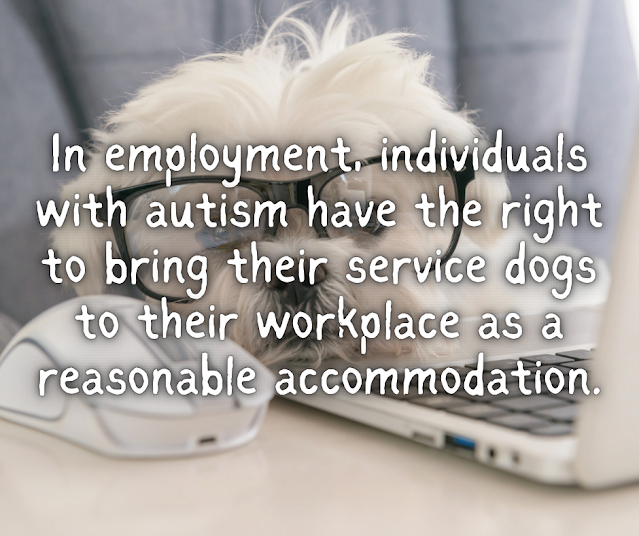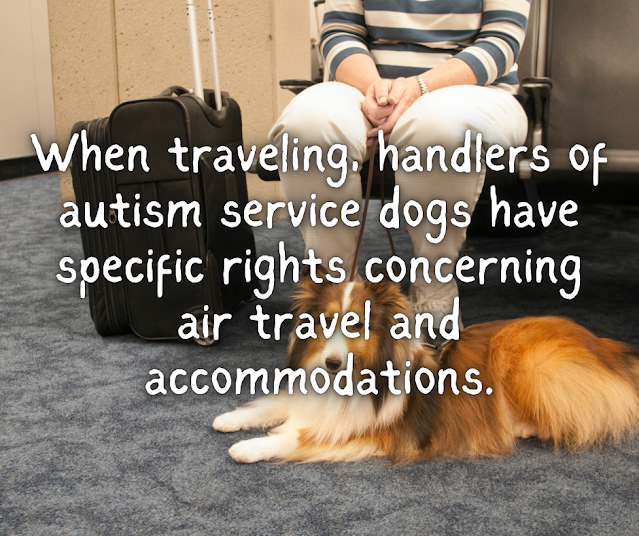For a healthy Golden Retriever coat, combine regular grooming and brushing, use appropriate tools, and avoid over-bathing. A balanced diet enriched with essential nutrients and consistent vet visits are vital for coat health.
Discover the secrets to a magnificent Golden Retriever coat, from essential grooming techniques to the proper nutrition and health care practices, in this comprehensive guide.
Understanding Your Golden Retriever's Coat
The Double Coat
Golden Retrievers have a unique double-layered coat consisting of a dense, water-repellent outer layer and a soft, insulating undercoat. This structure is vital for regulating their body temperature and protecting them from weather conditions.Regular maintenance of both layers is crucial in preventing matting and ensuring overall coat health.
Shedding and Coat Growth
Shedding is a natural process for Golden Retrievers, with the amount varying based on health, season, and genetics.While they shed moderately throughout the year, there are peak shedding periods during spring and fall. Understanding this cycle helps in adapting grooming practices to their changing coat needs.
Coat Color and Health
The coat color of a Golden Retriever can range from light cream to rich golden shades. Consistency in color and texture across the coat often indicates good health.Any sudden changes in the coat's color or texture can indicate nutritional deficiencies or health issues that might require veterinary attention.
Grooming Needs
Regular grooming is essential not just for aesthetic reasons but also for health purposes.Brushing your Golden Retriever's coat several times a week helps to remove loose hair, reduce shedding, and distribute natural skin oils evenly, which keeps their coat shiny and healthy. It also provides an opportunity to check for any skin issues or parasites.
Importance of Bathing
While regular baths are essential for cleanliness, over-bathing can strip the coat of its natural oils, leading to dryness and irritation. Maintaining their coat's natural protective qualities is a delicate balance while keeping it clean and healthy.Choosing the right dog shampoo and conditioner is crucial for maintaining the integrity of their coat.
Proper Nutrition for a Shiny Coat
Essential Nutrients
Critical nutrients like proteins, fats, vitamins, and minerals play a crucial role in maintaining the health of your Golden Retriever's coat.High-quality protein sources support hair growth and repair, while fats contribute to a glossy coat, particularly Omega-3 and Omega-6 fatty acids. Vitamins such as A and E and minerals like zinc are crucial for skin health and fur strength.
Balanced Diet
Choosing the right dog food is essential. Look for high-quality brands that provide a balanced mix of these nutrients. Some dog foods are specifically formulated for coat health, offering a blend of ingredients that promote shiny and strong fur.It's also important to consider any special dietary needs or allergies your Golden Retriever may have.
Supplements
In some cases, supplements can enhance coat health. Fish oil, for instance, is a popular supplement known for improving coat shine and texture.However, it's essential to consult your vet before adding any supplements to your dog's diet, as they can help determine the right type and dosage.
Ensure your Golden Retriever has constant access to fresh, clean water. Hydration helps in maintaining skin elasticity and fur softness.
Hydration
Remember water! Adequate hydration is essential for maintaining a healthy coat.Ensure your Golden Retriever has constant access to fresh, clean water. Hydration helps in maintaining skin elasticity and fur softness.
Treats and Human Food
While treats can be an excellent way to reward your pet, choosing healthy options complementing their diet is crucial.Some human foods, like certain fruits and vegetables, can be beneficial, but knowing which foods are safe for dogs and which are not is vital.
Regular Grooming and Brushing
Importance of Brushing
Brushing is vital in managing your Golden Retriever's shedding and keeping their coat mat-free. It helps remove loose fur, distribute natural skin oils, and prevent tangles.For Golden Retrievers, brushing at least two to three times a week is recommended, increasing during shedding seasons.
Choosing the Right Tools
Selecting the proper grooming tools is crucial. A slicker brush works well for the outer coat, while a wide-toothed comb or undercoat rake is effective for the dense undercoat.Brushes with softer bristles are preferable for sensitive areas like the face and ears.
Brushing Technique
Gentle and systematic brushing is the most effective way to groom your Golden Retriever.Start from the head, moving toward the tail, and remember the underbelly and legs. Brush in the direction of hair growth to ensure comfort and effectiveness.
Dealing with Mats and Tangles
Mats and tangles can be uncomfortable for your dog and lead to skin irritation.Tackle them gently with a detangling spray and a suitable comb. If a mat is too tight, it might be safer to have it removed by a professional groomer.
Post-Brushing Care
After brushing, wiping your dog down with a grooming cloth is good practice to remove loose hair and dander. This step also helps check for any skin irregularities or parasites that might have been missed during brushing.Bathing and Conditioning
Bathing Frequency
Golden Retrievers don't require frequent baths, and over-bathing can strip their coat of natural oils, leading to dryness.The ideal frequency is about once every 6 to 8 weeks, but this can vary depending on their lifestyle and activities. More active dogs or those who love to play outdoors may need more frequent baths.
Choosing the Right Shampoo
Selecting a suitable shampoo is crucial. Opt for a gentle dog-specific shampoo on your golden retriever's skin and coat.Products designed for humans or harsh chemicals should be avoided as they can cause irritation and damage their coat. Shampoos with natural ingredients and moisturizers can be beneficial, especially for dogs with sensitive skin.
Bathing Process
When bathing your Golden Retriever, ensure you wet their coat thoroughly, including the undercoat.Apply the shampoo gently, massaging it into their fur to clean effectively. Be cautious around the eyes and ears to prevent discomfort or irritation.
Conditioning the Coat
Using a conditioner after shampooing can help maintain the coat's shine and manageability. It helps detangle and soften the fur and replenish any oils lost during the bath.Ensure to rinse thoroughly to remove all residue, as leftover products can cause skin issues.
Drying
Proper drying is as important as the bath itself. Gently towel dry your dog, and if using a blow dryer, keep it on a low, cool setting to prevent overheating or burning their skin.Brushing their coat while drying can help prevent tangles and remove loose fur.
Managing Parasites and Skin Issues
Parasite Control
Fleas and ticks are common external parasites that can affect your Golden Retriever. They not only cause discomfort but can also lead to skin infections and other health issues.Regular use of flea and tick preventatives, as recommended by your veterinarian, is essential. Periodic checks, especially after outdoor activities, also help in early detection and treatment.
Identifying Skin Problems
Golden Retrievers can be prone to skin issues like allergies, hot spots, and dry skin. Signs to watch for include excessive scratching, redness, bumps, or hair loss.Early identification and treatment of these conditions are crucial for preventing more serious complications.
Regular Skin Inspections
During grooming sessions, inspect your dog's skin for any signs of abnormalities. This inspection includes checking for any lumps, bumps, or areas of tenderness.Pay special attention to areas hidden by their thick coat, like the underbelly and the base of the tail.
Treating Skin Conditions
Treatment for skin conditions varies based on the cause. It can range from medicated shampoos for allergies and dry skin to prescription medications for more severe conditions.Always consult with your veterinarian for a proper diagnosis and treatment plan.
Preventative Measures
Preventative care is critical in managing parasites and skin issues. This measure includes maintaining a clean environment, providing a balanced diet for skin health, and using grooming products suitable for your dog's skin type.Regular vet check-ups also play a critical role in early detection and prevention of skin-related issues.
Supplements and Natural Remedies
Omega-3 Fatty Acids
Omega-3 fatty acids, commonly found in fish oil, are known for their beneficial effects on coat health. They can improve your dog's fur's shine and texture while supporting skin health.Getting the dosage right is essential, so consulting with a veterinarian is advisable before adding fish oil to your dog's diet.
Skin and Coat Supplements
Various supplements that are specifically formulated for skin and coat health are available. These often contain a blend of vitamins, minerals, and fatty acids.Products like biotin supplements or those containing zinc can promote healthier, more resilient skin and fur. Again, it's best to consult your vet for recommendations and dosage.
Natural Topical Treatments
For external use, natural products like coconut oil can be beneficial. When applied to the coat, coconut oil can add shine and softness, and when used on the skin, can help alleviate dryness.However, it's essential to use it sparingly to avoid greasy fur.
Herbal Remedies
Specific herbal remedies, such as chamomile or aloe vera, can be soothing for skin irritations. These natural options can provide gentle relief for minor skin issues but should not replace professional veterinary treatment for more severe conditions.Caution with Natural Remedies
While natural remedies can be helpful, it's crucial to research and consult with a vet before using them. Some natural products may interact with medications or might not be suitable for all dogs.Exercise and Its Impact on Coat Health
Enhancing Blood Circulation
Exercise improves blood circulation, which is crucial for healthy skin and fur. Better blood flow ensures that nutrients and oxygen are efficiently distributed throughout the body, including the skin and hair follicles.This enhanced circulation promotes the growth of healthier and shinier fur.
Reducing Stress and Its Effects
Physical activity also plays a role in reducing stress, which can directly impact coat health. Stress can lead to skin and coat problems, including hair loss and dull fur.Regular exercise helps mitigate these stress-related effects and maintains the luster and health of your Golden Retriever's coat.
Exercise and Skin Health
An active lifestyle helps keep the skin healthy and resilient, supporting a healthy coat. It assists in the natural shedding process, removing dead hair and promoting the growth of new, healthy fur.Additionally, exercise can help control weight, indirectly affecting skin health and coat condition.
Professional Grooming and Veterinary Care
The Role of Professional Grooming
Professional groomers have the tools and expertise to handle intensive grooming needs that might be challenging at home. They offer deep cleaning baths, thorough de-shedding, and even specialized haircuts.These grooming sessions can also identify potential skin and coat issues that may not be obvious to a pet owner.
Veterinary Check-ups for Skin and Coat Health
Regular veterinary check-ups are essential for monitoring your Golden Retriever's overall health, including their skin and coat condition.Vets can diagnose and treat any underlying health issues affecting the coat's quality, such as hormonal imbalances, allergies, or nutritional deficiencies.
Importance of Professional Care for Specific Needs
Certain conditions, like severe matting or skin infections, require professional attention. Groomers and vets can provide targeted treatments such as medicated baths or specific grooming techniques tailored to your dog's needs.Avoiding Common Mistakes in Coat Care
Over-Bathing
One common mistake is over-bathing your Golden Retriever. Bathing them too frequently can strip the coat of natural oils, leading to dry skin and a dull coat.Stick to the recommended frequency every 6 to 8 weeks unless they get dirty.
Incorrect Grooming Tools
Using the wrong grooming tools can cause more harm than good. Avoid brushes that are too harsh for their coat, as they can cause irritation and damage the fur.Choose brushes designed explicitly for Golden Retrievers or similar breeds with double coats.
Neglecting Regular Brushing
Another mistake is not brushing your dog's coat regularly. This can lead to matting, especially in the dense undercoat, and can also contribute to excessive shedding.Regular brushing, at least a few times a week, is essential to maintain their coat's health.
Shaving the Coat
Never shave your Golden Retriever's coat unless medically necessary. Their double coat is designed to regulate temperature and protect their skin.Shaving can disrupt this natural insulation and lead to skin problems.
Preventive Measures for Coat Health
Regular Health Check-Ups
Consistent veterinary check-ups play a pivotal role in preventing coat and skin issues. These visits help identify and address any underlying health concerns that could affect your dog's coat, such as hormonal imbalances or allergies.Balanced Diet and Hydration
A balanced diet rich in essential nutrients is crucial for coat health. Ensure your Golden Retriever receives a suitable balance of proteins, fats, vitamins, and minerals.Adequate hydration is also vital in maintaining healthy skin and a shiny coat.
Environmental Considerations
Be mindful of your dog's environment. Exposure to harsh weather conditions can affect their coat. In summer, protect them from prolonged sun exposure; in winter, ensure they have a warm place to stay.Also, after outdoor activities, check and clean their coat to remove debris or irritants.
Stress Management
Stress can impact your dog's coat condition. A stable, loving environment and regular exercise can help manage stress levels.Activities that stimulate both their mind and body can keep them happy and, in turn, reflect positively on their coat health.
Golden Glow: Ensuring a Radiant Coat for Your Retriever
Remember, a radiant coat reflects your dog's internal and external well-being. By avoiding common grooming mistakes, staying vigilant about their health, and providing love and care, you enhance their appearance and contribute to their quality of life.
Your Golden Retriever's glowing coat will be a source of pride and a testament to your dedication and love.














